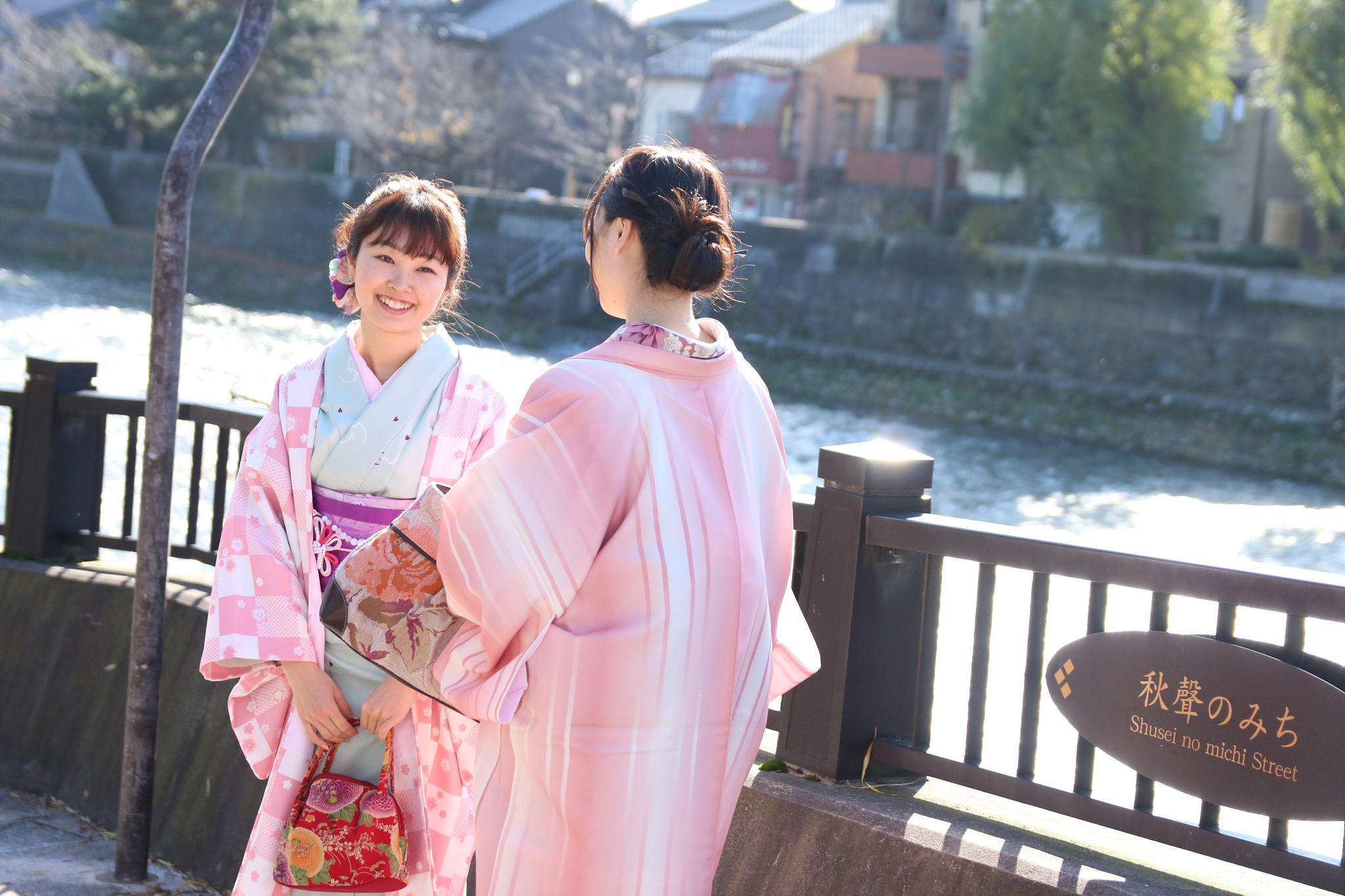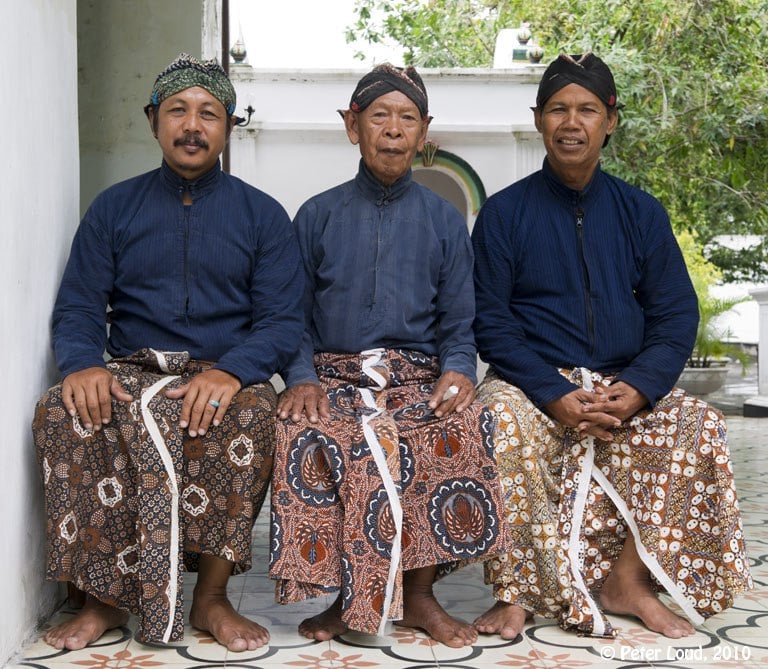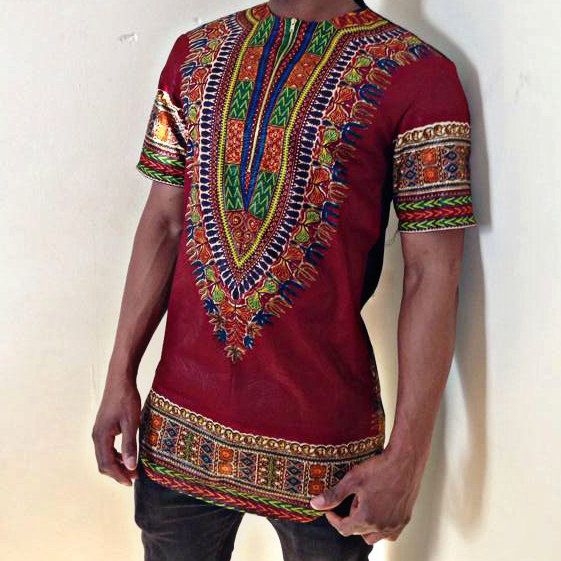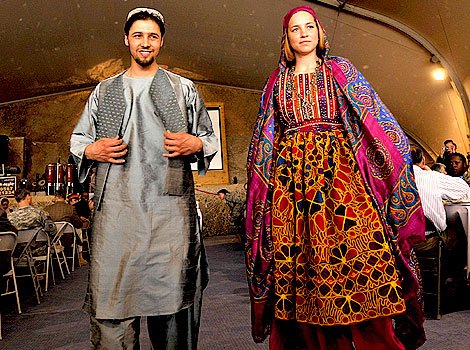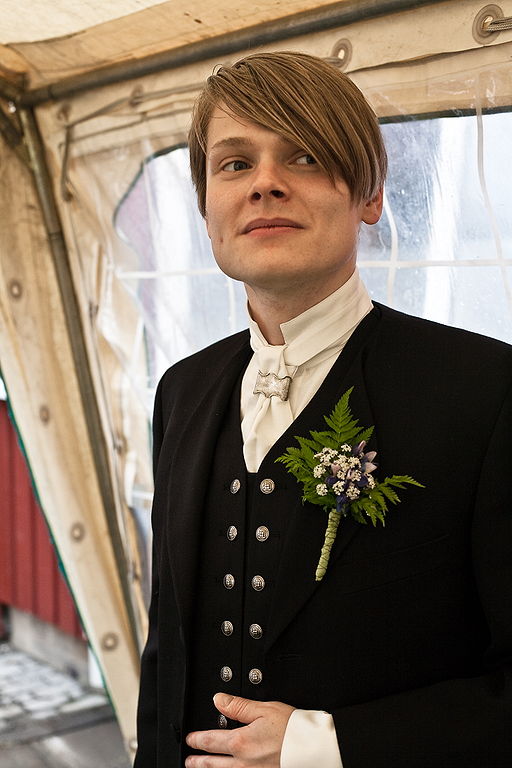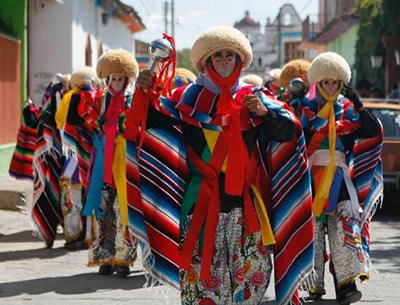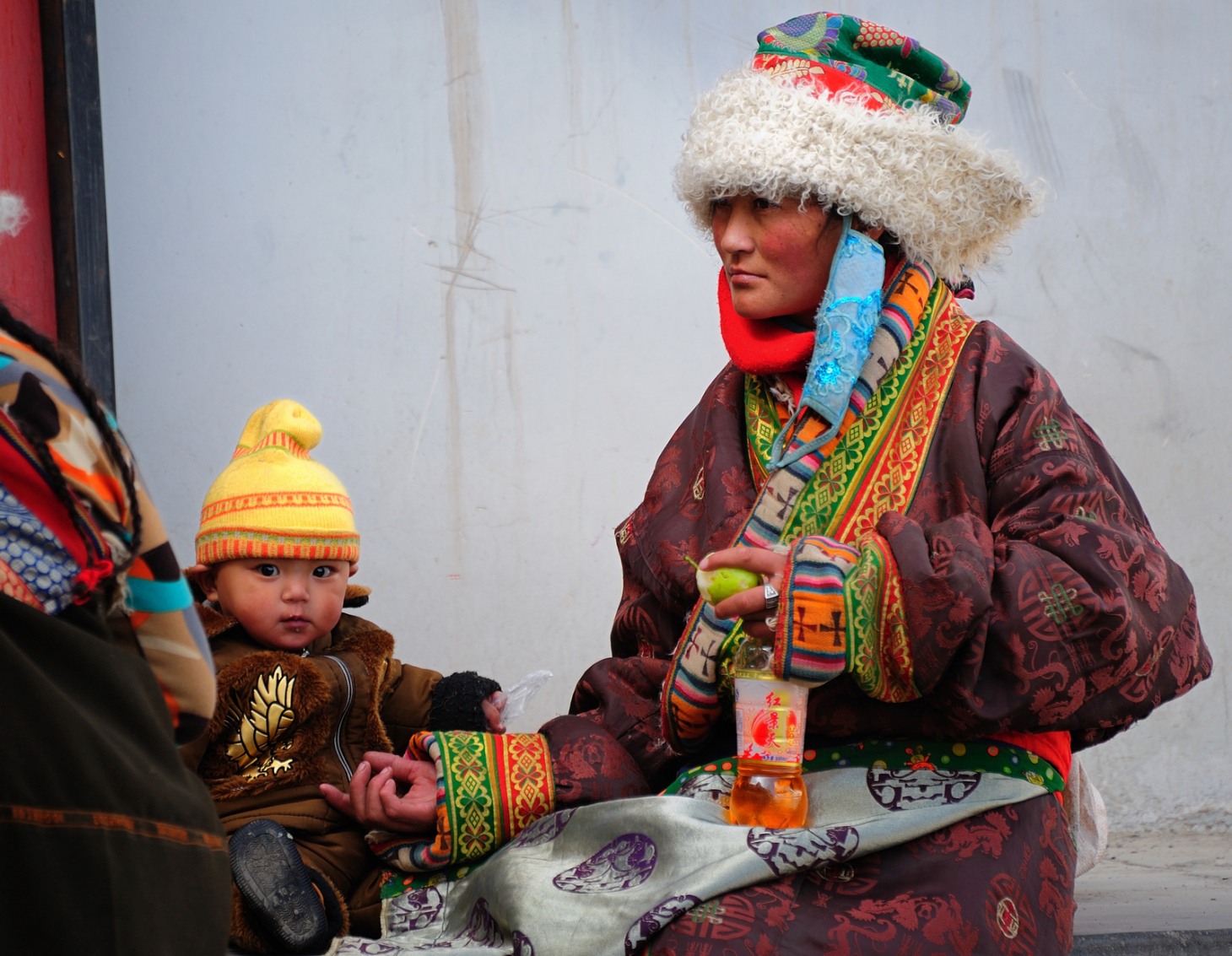1. Thailand – The Chakri
Photo credit: WeHeartIt.com When most people picture a traditional Thai outfit for women, what they most likely envision is the Chakri. The Chakri contains a basin or skirt that is made of a brocade fabric that is often interwoven with threads colored silver or gold. The top part of the Chakri is also made of silk. Finally, the outfit has a sabai. This is a piece of cloth that is worn over the shoulder and then falls across the chest. Women complete this outfit with gold and silver accessories, including belts and jewelry.
2. Japan – Kimono
Photo credit: Flickr The kimono is arguably the most well-known traditional Japanese garment. While some older women, a very small number of men, and sumo wrestlers wear kimonos on a daily basis, most reserve their wear for special occasions. The kimono is a daily attire for sumo wrestlers because they are mandated to wear traditional clothing whenever they appear in public. These beautiful robes are t-shaped, ankle length, and secured with a belt that is called an obi. Kimonos often contain bright colors, brilliant patterns, and even scenic depictions. Cranes, cherry blossoms, and dragons are all commonly seen on Japanese kimonos.
3. India – Salwar Kameez
Photo Credit: Haya Creations The salwar kameez is a popular garment worn by Subcontinental Indians. It is made up of the salwar which are the pants, and the Kameez which is the shirt. Both men and women in India wear this garment, however, the look is different for each gender. The salwar is simply a loose fitting trouser that is secured with a drawstring. The kameez can be styled in a variety of ways. Some are cut very traditionally, while others have a very western look. In any case, the kameez is known for ornate design, and inspiring colors. In fact, many westerners have begun to wear Indian inspired clothing manufactured and sold by various retailers.
4. Indonesia – Sarong
Photo credit: GoddessWithingyou.tumblr.com The sarong is a large piece of cloth that is wrapped around the waist and then is secured by tucking. It is traditionally worn by Indonesian men for both casual and religious occasions. The garment is associated with Indonesian Muslim culture, but in truth, the sarong has no particular religious meaning. People in many South Asian countries wear the sarong as part of their daily dress. However, the Indonesian sarong stands out because most wearers choose to don the traditional checked pattern. Indonesian culture views this beautiful, flowing garment as a sign of modesty and good character.
5. Philippines – Barong Tagalog
Photo credit: Pinterest.com The barong tagalong, more commonly known as simply the barong is long, embroidered shirt worn mostly by men for formal occasions. However, the garment is sometimes worn by women. Notably, Corazon Aquino frequently wore the barong during political events. Many believe this was a bit of a power move on her part. The decorative elements of these beautiful shirts are done by computer, hand, or machine embroidery. In some cases, the barong is even hand painted to add even more color and detail. Because the material is so sheer, most men wear the shirt over and undershirt.
6. Nigeria – Agbada
Photo credit: Pinterset.com The agbada is a flowing robe that is worn by Yoruban men in Nigeria. This long sleeved garment often comes in bright colors and is ornately decorated with both colorful designs and intricate embroidery work. The agbada is worn during religious ceremonies, often with a matching cap or fez. In many families, it becomes tradition to pass the agbada down from father to son. Nigerian royalty are frequently seen wearing the agbada.
7. Kenya – Kanzu
Photo credit: Pinterest.com White or cream colored, the Kanzu is a long tunic which is frequently paired with a sports coat. Muslim men wear this traditional garment as their daily wear, while Christians wear the garment to traditional wedding ceremonies, and other formal events. Chiefs and imams often wear a black bisht with the Kanzu. Some kanzu are decorated with purple embroidery around the sleeves and collar, however, many men opt to wear plain kanzu.
8. West Africa – Dashiki
Photo credit: Pinterest.com The dashiki is a brightly colored and ornately designed shirt that is worn by many men across West Africa and in other regions. This loose-fitting garment is a pullover shirt with a V-neck collar. When worn at weddings, dashiki are usually purple or blue. For funerals, men select red and black dashiki. It is not unusual for dashiki to feature floral designs or ornate geometric patterns.
9. Afghanistan – Khet Partug
Photo credit: M1K Design This beautiful, traditional Afghanistan outfit features the khet, which is a long, loose-fitting shirt that is slightly cinched at the waist, and the partug. The partug is a loose fitting pair of pants that is pleated around the waistline. This garment is frequently white, which helps protect wearers from the desert heat. It is also common to see khet partug that are trimmed along the sleeves, and the hem of the shirt sewed with bright, decorative features. Men and boys often sport a brocade vest over their khet partug, while women and girls wear overcoats.
10. Iceland – Hátíðarbúningur
Photo credit: TheLovelyPlanet.net This garment is a modern creation that Icelandic men frequently wear at occasions where a tuxedo would normally be required. It is a new twist on older Icelandic costumes. It features dark colors, a double breasted vest, an overcoat, and slacks. It is usually worn with long pants that taper at the ankle. This garment is a debonair touch to formal gatherings such as weddings and dances.
11. Mexico – Serape
Photo credit: MexPro.com The serape is a brightly colored, often fringed garment worn traditionally by Mexican men. It frequently has zig-zagged, or other similar patterns. Many people confuse the serape with ponchos, because they often are made of similar materials, and are dyed in similar colors. The difference is that a traditional serape does not contain an opening for the head. Instead, it was worn as a wrap.
12. Tibet – Goechen Chuba
Photo credit: Aculturame.com A goechen chuba is a traditional dress worn by Tibetan women. This garment is an asymmetrical jumper that is traditionally worn over a long sleeved blouse. The chuba is usually brightly colored and covered with ornate pattern work. This modest, floor length dress is traditionally made of wool or silk. This list of twelve represents only a fraction of the beautiful ceremonial garb, costumes, and daily garb that can be found around the world. There are literally thousands of traditional garments that are absolutely striking to observe. Featured photo credit: aculturame via aculturame.com

